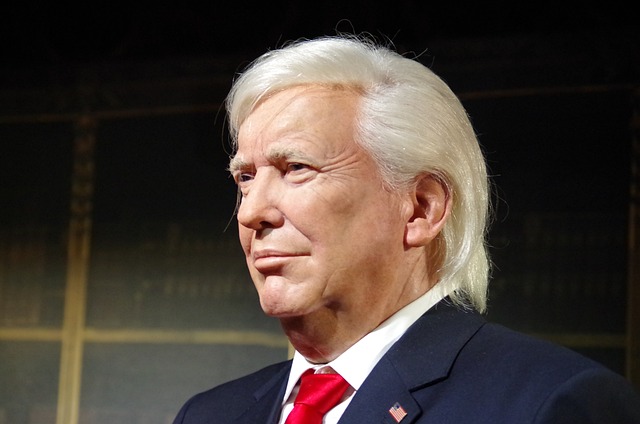Former President Donald Trump’s aggressive trade policy, centered on high tariffs and a push for economic nationalism, has sparked ongoing debates about its long-term global implications. While Trump has often celebrated the return of manufacturing to the United States, citing major investments in domestic chip production and vehicle manufacturing, many analysts warn that these policy shifts are disrupting global trade and diplomatic stability.
Since taking office, Trump has pushed an “America First” agenda, restructuring international trade relationships and imposing a barrage of tariffs on key imports. These include steep duties on aluminum and steel, a 145% tariff on select Chinese goods, and broad tariffs on cars and auto parts. While Trump’s goal is to encourage domestic production and reduce reliance on foreign supply chains, critics argue that the unpredictable nature of these decisions is creating economic uncertainty at home and abroad.
The rapid pace of policy changes has made it difficult for businesses and foreign governments to plan for the future. One day, a tariff is introduced; the next, it’s withdrawn or replaced by a new one. This volatility, according to analysts from major financial institutions like Moody’s, has dampened investor confidence and slowed global economic growth.
Federal Reserve Chair Jerome Powell recently highlighted the gravity of the situation. Speaking at an event in Chicago, Powell stated that the current shifts in trade policy are unlike anything modern economic history has seen. This lack of precedent, he explained, has made it challenging for economists and policymakers to predict long-term consequences.
Indeed, the stock markets have responded with unease to this uncertainty. Following Powell’s comments, U.S. markets dipped, reflecting investor anxiety over how the changing economic landscape could impact everything from consumer prices to international investment flows.
Meanwhile, global trading partners are not sitting idly by. China, for example, has been working to diversify its trade partnerships since the initial trade war under Trump. Its exports to the U.S. have declined significantly as it strengthens ties with regions like the European Union. The EU, now more than ever, is emerging as a stable alternative to U.S.-led trade, attracting countries like Canada, Mexico, and India who seek predictability in economic partnerships.
European Commission President Ursula von der Leyen recently emphasized Europe’s growing appeal in global trade. According to her, the reliability and stability offered by the EU are becoming increasingly attractive in a world where economic alliances are shifting. Canadian officials have echoed similar sentiments, highlighting their renewed focus on cooperation with European partners amid tensions with U.S. policies.
Even everyday consumers are beginning to feel the effects. Companies from tech giants like Nvidia to retailers sourcing from platforms such as Temu and Shein have reported disruptions due to new tariffs and the broader uncertainty in trade rules.
Despite these shifts, Trump remains confident in America’s unmatched economic power. “Nobody can compete with us,” he told reporters when asked about China’s evolving trade strategy.
Yet, as countries continue seeking stronger ties with the EU and other stable partners, it’s clear that Trump’s tariff-driven vision could trigger a realignment in global commerce — one where the U.S. may no longer be the sole leader in international trade but one of many competing forces in a multipolar economic world.




